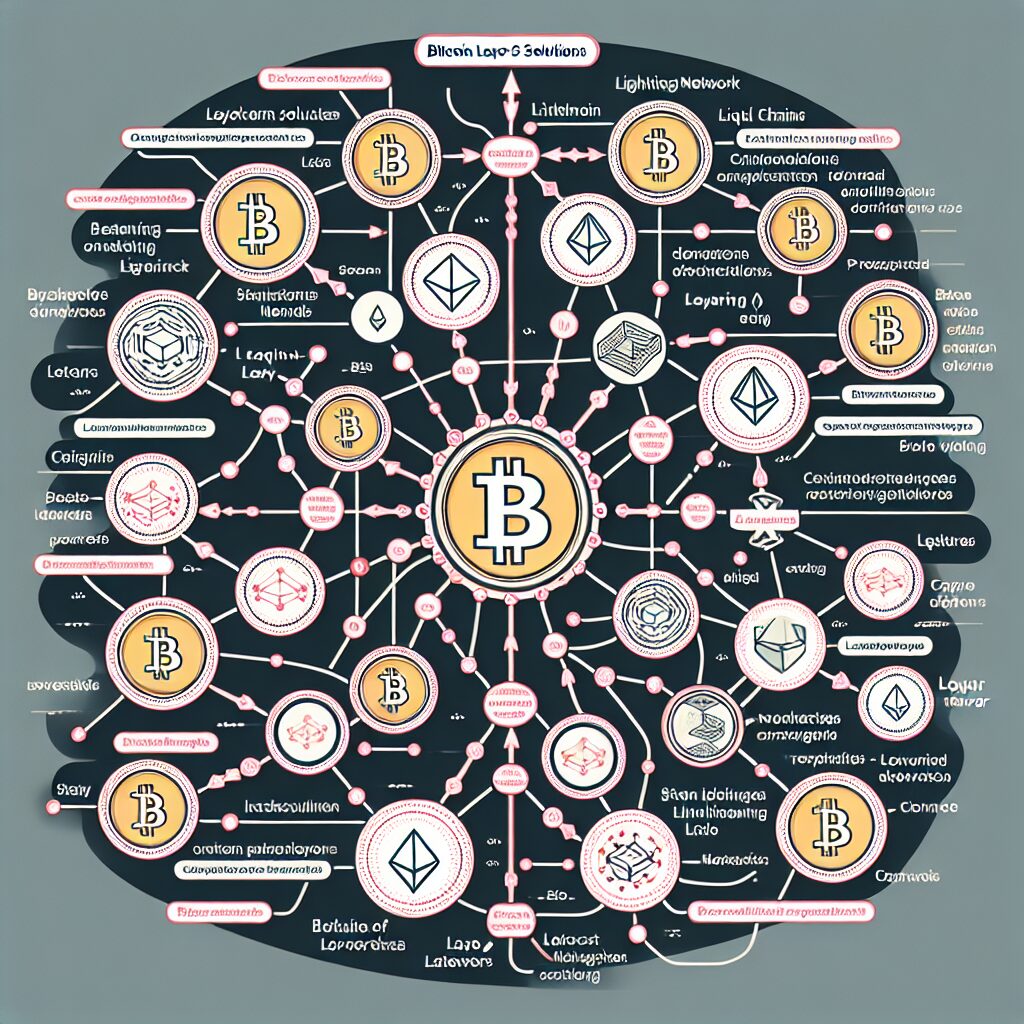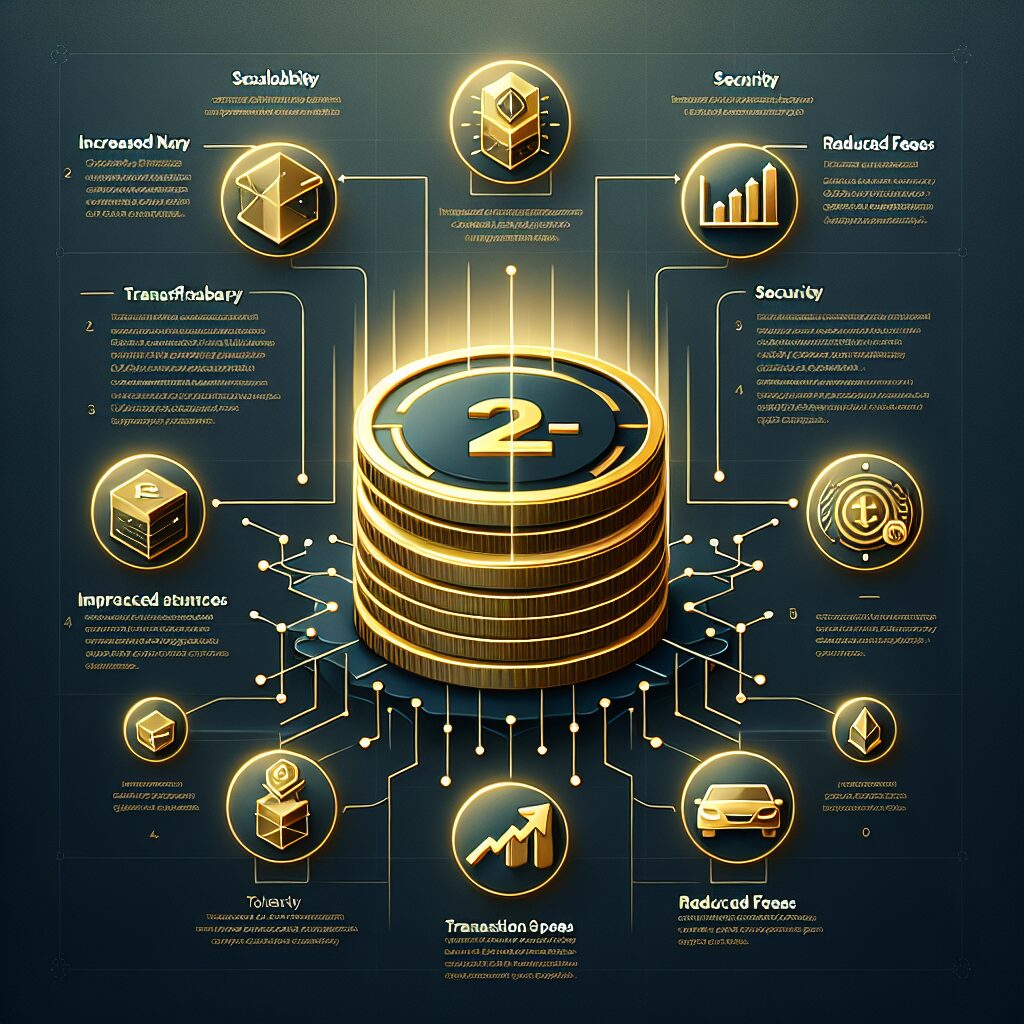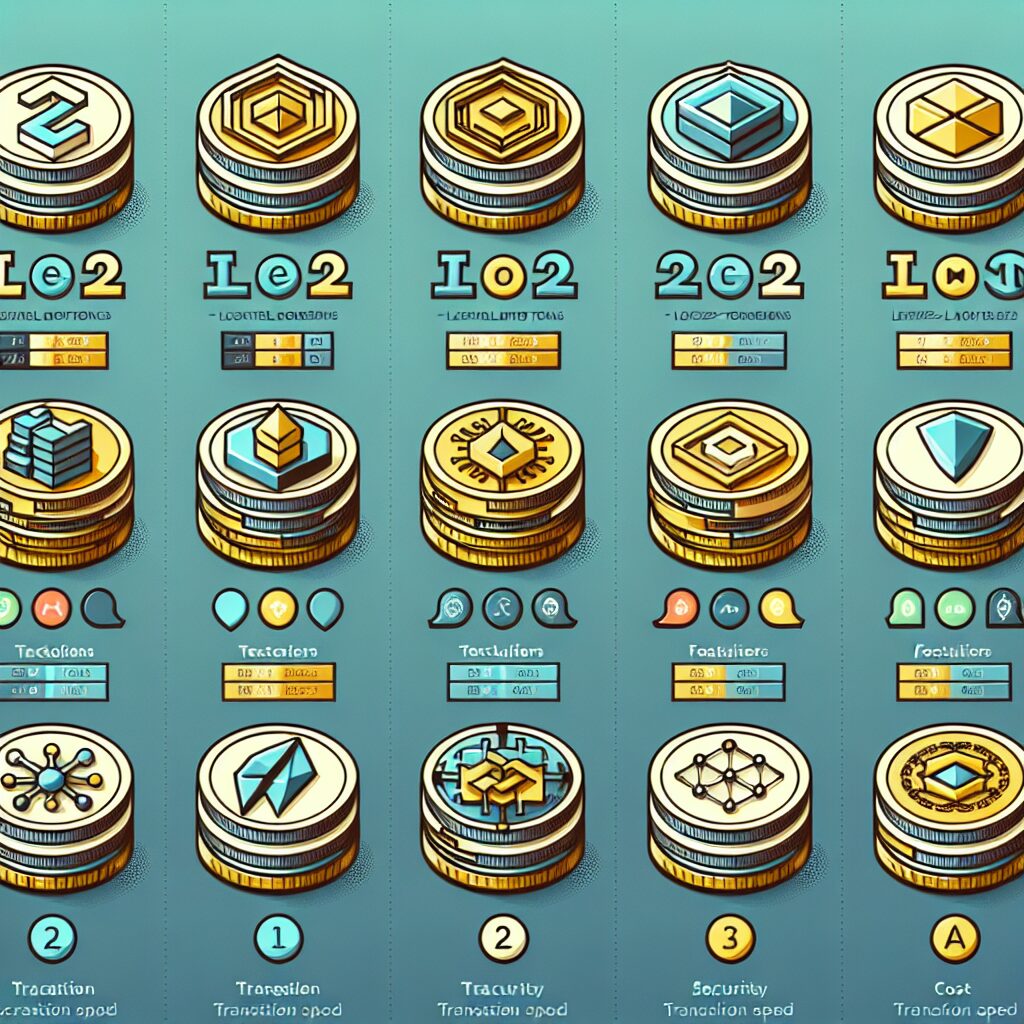Overview of Bitcoin Layer-2 Solutions

Bitcoin Layer-2 solutions represent a significant advancement in the cryptocurrency landscape, designed to enhance the scalability and efficiency of the Bitcoin network while addressing some of the inherent limitations associated with on-chain transactions, which can often be slow and costly due to network congestion and high fees. These solutions, such as the Lightning Network and various sidechains, enable faster transaction processing by allowing users to conduct transactions off the main blockchain, which not only alleviates pressure on the primary network but also facilitates microtransactions and improves overall user experience. As the demand for Bitcoin continues to grow, the implementation of Layer-2 technologies is becoming increasingly essential, providing a pathway for greater adoption and use cases that extend beyond simple peer-to-peer transfers. Consequently, understanding these innovations is crucial for anyone interested in the future of Bitcoin, as they promise to unlock new functionalities and efficiencies that could redefine how we perceive and utilize digital currencies in our daily lives.
Key Features of New Layer-2 Tokens

The emergence of new Bitcoin Layer-2 tokens represents a significant evolution in the cryptocurrency landscape, offering a variety of key features that enhance the functionality and usability of Bitcoin transactions. One of the most notable aspects of these Layer-2 solutions is their ability to facilitate faster transaction speeds, which is achieved by processing transactions off the main Bitcoin blockchain, thereby alleviating congestion and reducing wait times for users who require immediate confirmations. Additionally, these tokens often come with lower transaction fees compared to traditional on-chain transactions, making them more accessible and appealing to a broader audience, particularly for those engaging in microtransactions or frequent trading activities.
Moreover, many of the new Layer-2 tokens are designed with enhanced privacy features, allowing users to conduct transactions with greater anonymity, which addresses some of the concerns regarding transparency and traceability inherent in public blockchains. Furthermore, the interoperability of these Layer-2 solutions with existing DeFi protocols and other blockchain networks expands their utility, paving the way for innovative financial products and services that can cater to a diverse range of user needs. As the market continues to evolve, these key features are likely to play a pivotal role in shaping the future of Bitcoin and its ecosystem, attracting both new investors and seasoned participants who are eager to explore the potential benefits of this cutting-edge technology.
Market Impact and Potential Growth

The introduction of new Bitcoin Layer-2 tokens is poised to significantly impact the market by enhancing transaction speed and reducing fees, which could attract a wider range of users and investors who have previously been deterred by the limitations of the Bitcoin network. As these Layer-2 solutions gain traction, we can expect to see increased adoption not only from individual users but also from businesses looking to leverage the benefits of faster and more cost-effective transactions, thereby fostering a more vibrant ecosystem around Bitcoin. Furthermore, the potential for these tokens to facilitate innovative use cases, such as decentralized finance applications and smart contracts, may lead to a surge in interest and investment, driving further growth in the sector. However, it is essential to remain cautious, as the volatility associated with new tokens can pose risks to investors, and the long-term sustainability of these solutions will depend on their ability to address scalability challenges while maintaining security and decentralization.
Comparing Layer-2 Tokens: What Sets Them Apart

In the rapidly evolving landscape of Bitcoin Layer-2 solutions, it becomes essential to understand the distinct characteristics that differentiate various Layer-2 tokens, as each one is designed to address specific challenges and offer unique advantages that cater to different use cases within the cryptocurrency ecosystem. For instance, while some Layer-2 tokens focus primarily on enhancing transaction speed and reducing fees, others may prioritize scalability and interoperability with existing blockchain networks, thereby allowing for a more seamless user experience across various platforms. Additionally, the underlying technology and consensus mechanisms employed by each token can vary significantly, which in turn influences their overall performance, security, and adoption rates in the market. As investors and users alike explore these new offerings, it is crucial to consider not only the immediate benefits each token presents but also the long-term implications of their integration into the broader Bitcoin network, as this will ultimately shape the future of digital transactions and the overall cryptocurrency landscape.
Investment Opportunities and Risks

As the landscape of Bitcoin layer-2 solutions continues to evolve, investors are presented with a unique array of opportunities and risks that warrant careful consideration, especially as new tokens enter the market and expand the functionality of the Bitcoin network. The potential for enhanced transaction speeds and reduced fees through these layer-2 solutions can attract both seasoned investors and newcomers alike, but it is essential to remain vigilant about the inherent volatility and regulatory uncertainties that accompany such investments. Additionally, while the promise of scalability and improved user experience is enticing, it is crucial to conduct thorough research into the specific projects and their underlying technology to gauge their long-term viability and impact on the broader cryptocurrency ecosystem. As the market matures, understanding the competitive landscape and the unique features that differentiate each layer-2 token will be vital in making informed investment decisions, ensuring that one can navigate both the opportunities for growth and the risks that may arise in this dynamic environment.
Future Trends in Bitcoin Layer-2 Development

As the cryptocurrency landscape continues to evolve, the development of Bitcoin Layer-2 solutions is poised to play a crucial role in enhancing transaction efficiency and scalability, which are essential for the widespread adoption of Bitcoin as a mainstream currency. With the introduction of new Layer-2 tokens, we can expect innovative technologies to emerge that not only address current limitations but also pave the way for seamless integration with existing blockchain infrastructure, thereby fostering a more robust ecosystem that can accommodate a growing number of users and transactions.
Moreover, the emphasis on interoperability among various Layer-2 solutions is likely to become a significant trend, as developers aim to create platforms that allow for greater collaboration and functionality across different networks, which could lead to more comprehensive financial services and applications. Additionally, the ongoing advancements in security protocols will be critical in building trust among users, as ensuring the safety of transactions remains a top priority for both developers and investors alike, which in turn could enhance the overall market confidence in these new tokens.


